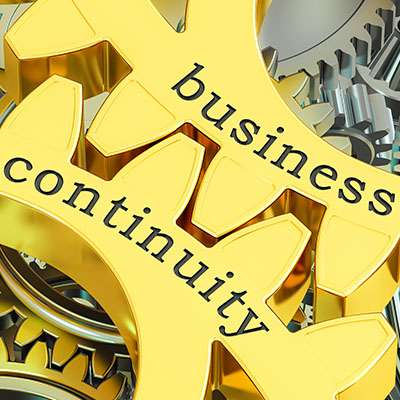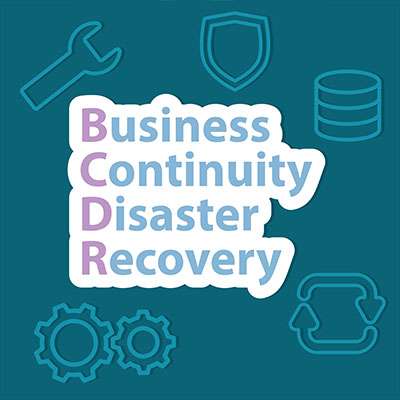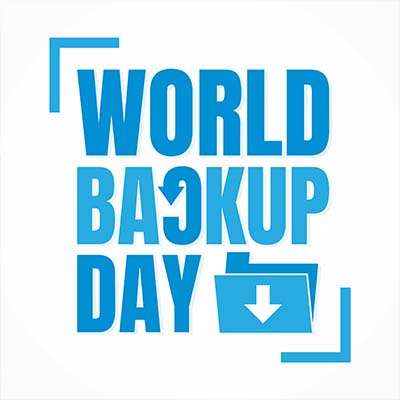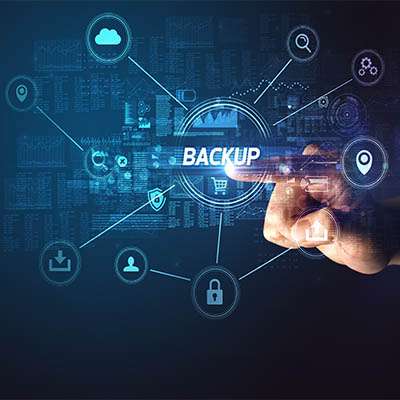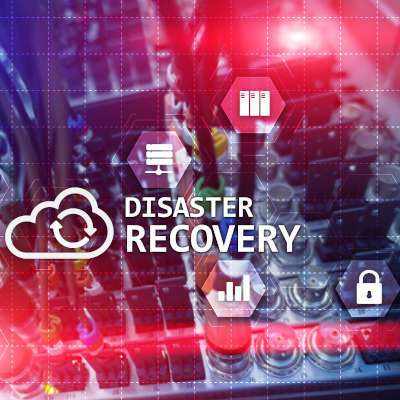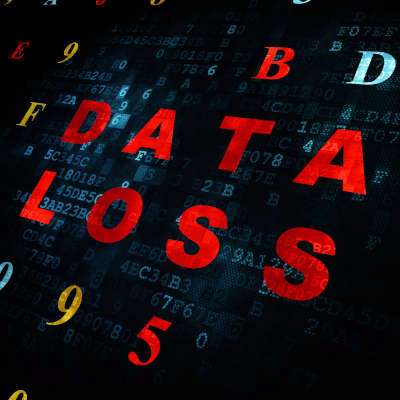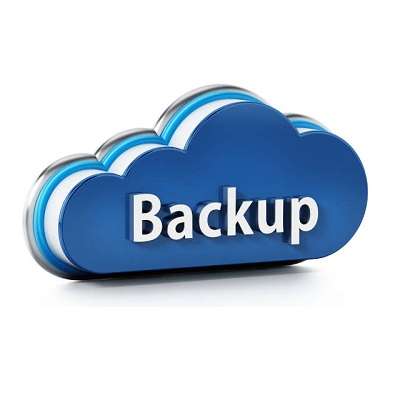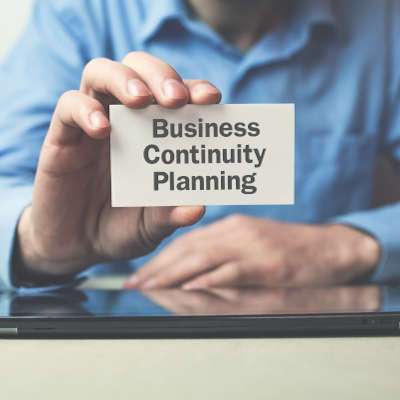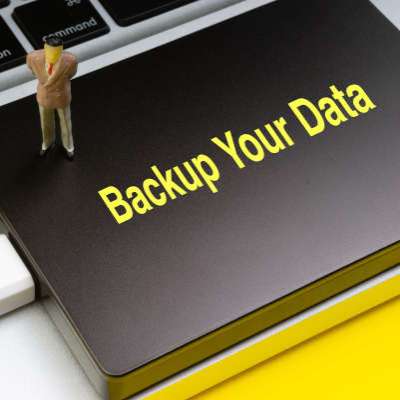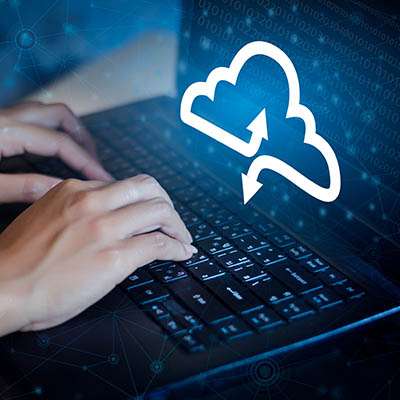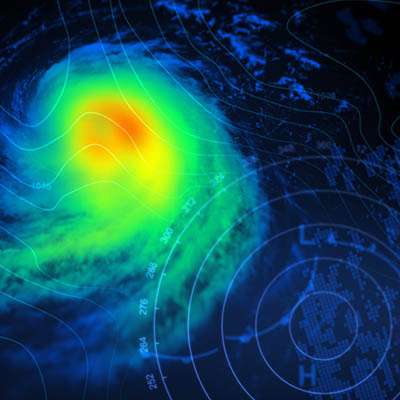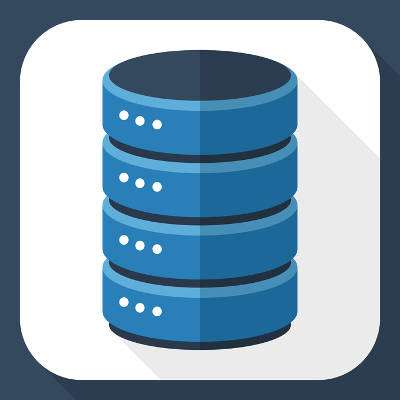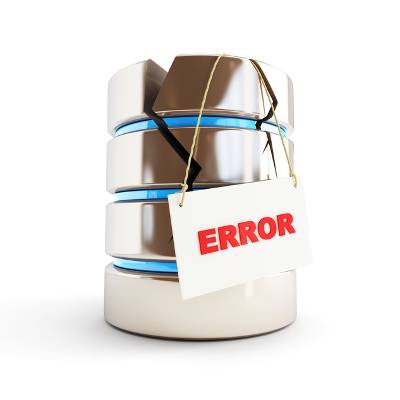Business continuity is one of those topics that is irritating to confront. It’s not terribly interesting and has very little practical value in the context of day-to-day operations, but it is intrinsically critical to the sustainability of any business that happens to deal with problems. Consider for a minute how many businesses fared when the COVID-19 pandemic was in full force. There weren’t many businesses that had contingency plans for a “global pandemic.” The businesses that were quick to respond and adapt often came out on top, compared to businesses that struggled to commit.
Macro Systems Blog
“It won’t happen to me.” This is a common excuse amongst business owners who refuse to equip their network with a comprehensive data backup and recovery solution. They may feel like they’re careful enough to avoid a major data loss-causing disaster. Yet, the inconvenient fact remains that a disaster can happen to any business, no matter how prepared they may be.
It doesn’t matter where your business is located; whether it’s a tornado that comes through your city, a structural fire that renders your office uninhabitable, or a wild snowstorm that brings down power lines or grinds travel to a halt, you’ll want to be ready for it all. Listed below are the types of solutions your organization can implement to ensure that no disaster, be it natural or artificial, like a cyberattack, puts a stop to your operations.
March 31st is the official World Backup Day, a day intended to remind us all of the importance of having backups for the sake of data continuity. While this kind of day can be a valuable reminder of an imperative best practice, we contend that your awareness of your backup, as well as the maintenance that goes with it, should not be limited to a single day.
Because of the protection it can offer your business, data backup is a necessary tool for you to have; that is, provided it has the requisite security and reliability you’ll need should you ever have to lean on it. Listed below are a few guidelines to help you be sure that your backup is trustworthy enough to stake your organization's future on.
Sometime recently, novelty holidays have popped up for almost anything, many of which just aim to celebrate the things about our lives that make life worth living. Take any random day, like May 12. There are a half-dozen “holidays” that day: National Limerick Day, National Odometer Day, National Nutty Fudge Day, National Fibromyalgia Awareness Day, National Receptionists’ Day, and National Third Shift Workers Day. So, May 12 runs the gamut of human existence.
As much as you hope it will not happen to your company, a disaster could strike at any time; statistics have shown as much to be true. To remove some of the risks associated with disasters and the data loss they lead to, Macro Systems recommends that you implement BDR into your business continuity strategies.
Disasters happen. If your organization fails to plan for the worst, then when something horrible does happen, you could be looking at catastrophe. However, if you have a comprehensive continuity plan in place, you have a fighting chance. Listed below are some of the elements you absolutely must address when creating your business’ continuity plan.
With 2020 at the halfway mark, it is fair to say that 2020 has turned out to be a bad year for nearly everyone. Business owners are now concerned about how they are spending, and different methods to circumvent procedural interruptions. One issue that all businesses should be aware of—and act to mitigate—is the loss of data that can cause these interruptions.
Every business needs a continuity plan (BCP) so that if their business is forced to deal with any problems, they have a working plan in place to get the business back up and operational as soon as possible. It’s one thing to have it all written down on paper, outlining how things are supposed to go, and quite another thing to have a working strategy when faced with operational interruptions. Listed below are some of the basics of business continuity to help you comprehend all that goes into a successful plan.
March 31st is World Backup Day, which makes it the ideal opportunity to share the benefits of having a comprehensive backup plan. Alas, the current COVID-19 pandemic and the resultant business interruptions make World Backup Day only too timely this year. Below we'll examine how these tough times make a business continuity strategy and data backup all the more critical to have.
When this blog talks about backup and disaster recovery (BDR), it might appear as though we’re talking about a single process; after all, there’s just one acronym for it. Nevertheless, while these two processes are related to one another, backup and disaster recovery each require a different preparation process, with different considerations made for each.
Business disasters come in different shapes and sizes, which makes it all the more critical that you take the time to prepare for any that your organization may be vulnerable to. This strategy needs to contain numerous considerations, based on the scenario at hand; there is no shortage of events that can lead to disaster in the business world.
Hurricane season can be a terrifying time for business owners; those in at-risk climates can never feel safe from these types of unpredictable and catastrophic disasters. In particular, those who aren’t prepared to face this destruction are in significant danger of having their businesses ended for good following a disaster event like a hurricane. Let's help you make sure your organization doesn’t suffer this same fate the next time a disaster occurs.
Data backup is an imperative aspect of any business endeavor; if you don’t have one all of your hard work could be lost in a second. It’s not pleasant to think about, but your organization's infrastructure could be put at risk of sudden annihilation. With so much at stake, what is the best way to approach managing your data? There are a lot of options out there, but there is only one that will allow your business to get back in action following a data loss incident.

